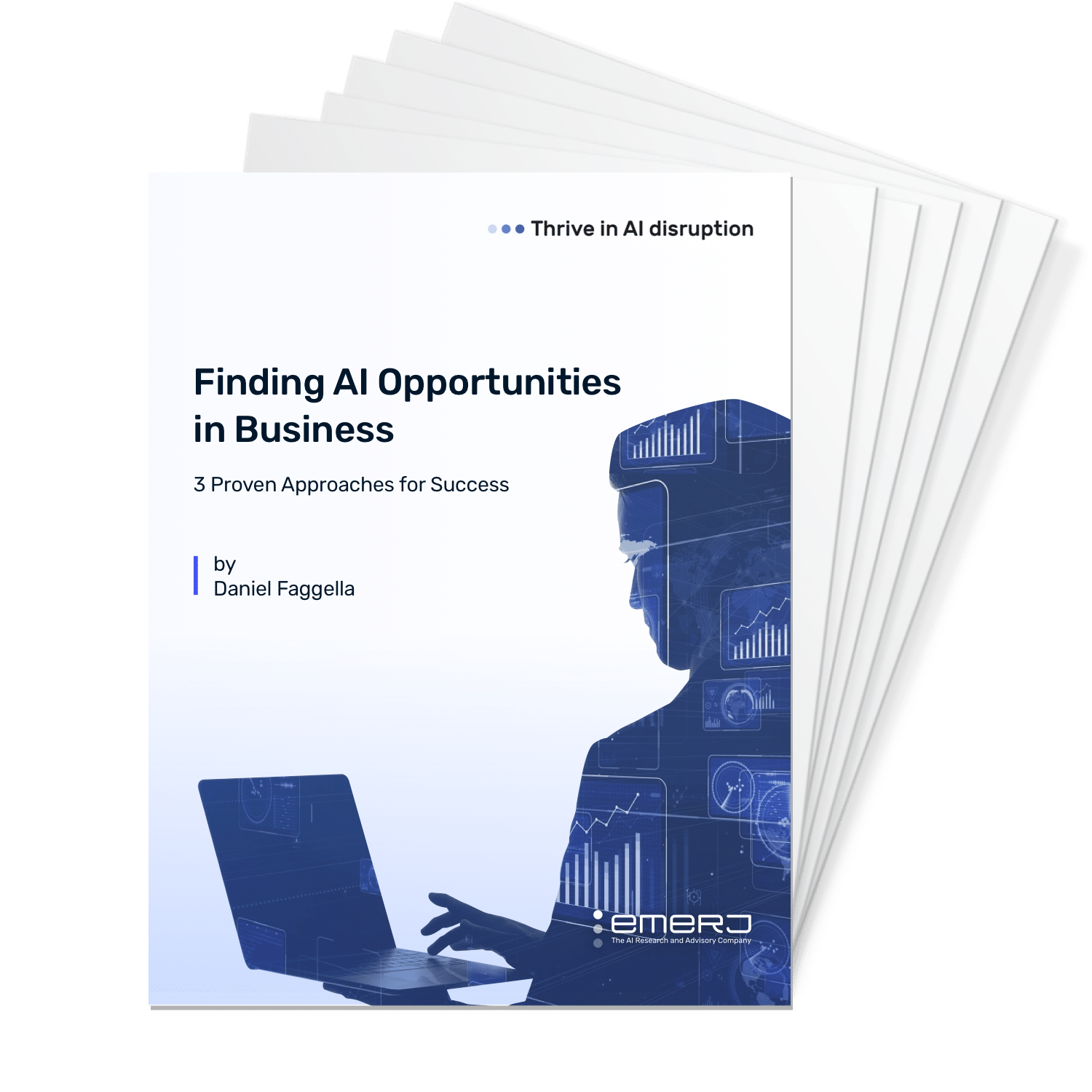Vetting AI opportunities implies a hodge-podge of contextual knowledge that are almost never to be found together in a single expert, including (but not limited to) an understanding of:
- The data requirements of a specific problem
- How a particular business process is being executed today, and the important elements involved in that business case
- The IT infrastructure required to execute on an AI project
- The current user interface or user experience for a particular process
- The bottom-line business impact of improving or automating a specific process
- The alignment of a prospective AI project with the strategic goals of the business
AI opportunities can be sourced from individual business units and departments, and individual teams may be able to come up with a strong array of AI use-cases, we always recommend that a core AI opportunity team be constructed in order to filter and rank AI applications.
This core team should involve:
- A business “generalist” with a strong understanding of:
- The different business departments and processes across the firm
- The high-level strategic mandates of leadership
- A data scientist and “translator” with the ability to:
- Realistically determine the data science requirements of projects
- Explain data science questions and issues in business language

This group will be charged with the responsibility of meeting with teams and SMEs from different departments within the organization, running workshops, and coaxing out new AI project ideas. This hands-on work will likely take months, and the core team should be pulled entirely away from other responsibilities, responsible only for completing the agreed-upon AI opportunity deliverable that their champions (see below) and leadership have signed off on.
This core team should also have two core champions:
- Executive leadership.
- IT leadership. Someone to assess the IT integration requirements of different projects
For both of the champion roles, its important to recruit leaders who genuinely believe in AI, and are eager to see AI integrated intelligently into the firm.
IT by default tends to resist AI (as it threatens their expertise and tends to add to their workloads), and you can’t have a “champion” who’s more of an “opponent.”
The C-suite tends to see AI as IT, as a tool to automate, not as a transformative next wave of business capabilities that the firm needs to leverage to win in the marketplace. It’s impossible to make a champion out of someone with no executive AI fluency.
This group of champions will serve the role of:
- Regularly checking in (preferably at a set and pre-determined schedule) with the core team in order to validate and provide feedback on AI project ideas, or on the process in general.
- Bringing to bear the scrutiny they expect to face from their respective peers or leaders (in IT or in executive leadership), but in the spirit of working around those challenges and rebuttals, not in actively aiming to stunt the AI opportunity-finding process.
The more that champions are a part of molding the priority list of AI initiatives, or the more they’re a part of actually finding and listing AI initiatives, the more thoroughly they’ll understand the relative value of the projects, and the better they’ll be able to convey those benefits to leadership.
While it usually won’t be possible to have champions doing the same boots-on-the-ground work (brainstorming/discovery sessions with various departments) as the core team, the more engagement and buy-in that they have throughout the process, the more likely we are to (a) flesh out the best possible AI opportunities during our discovery phase, and (b) have the enthusiasm and shared vision we need to get approval from leadership later on.



















